-
Troppo Plant & Garden Articles
- Te Puke Region
- TROPPO’s Food Forest in Te Puke, BOP (www,foodforest.org.nz)
- Troppo’s Plant Collection
- TROPPO's Nursery Directory
- Food Forests of New Zealand (www.foodforests.nz)
- Nursery Map - Plant Suppliers of NZ Directory (www.nurserymap.nz)
- Kids Garden Corner
- New Zealand Garden Bird Survey
- New Zealand Garden Groups
- Delicious Recipes
Help, I have whitefly in my glasshouse.
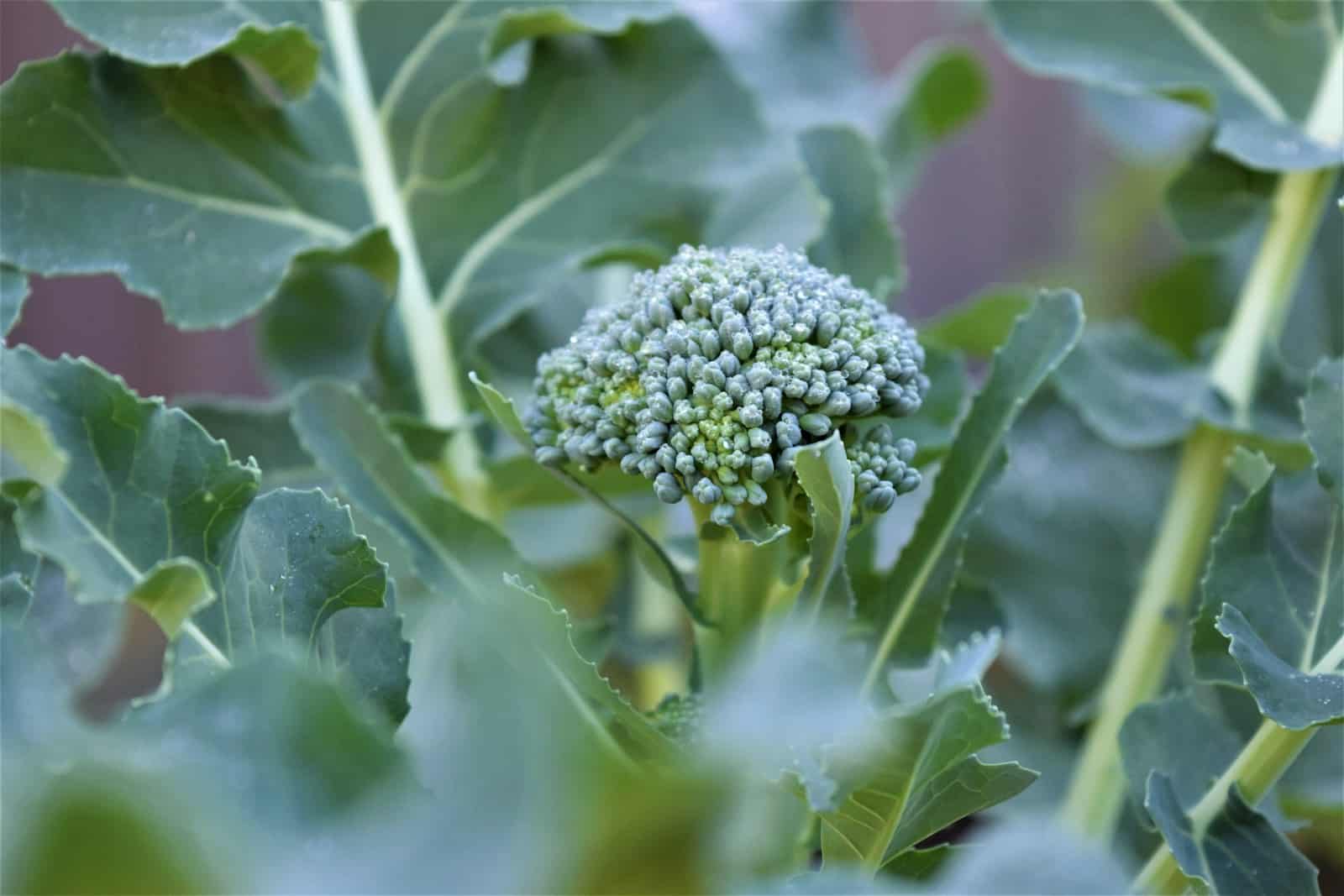
Question. Hi, I live in Taranaki, and have just picked and uprooted my broccoli plants which were growing in a hothouse, they had loads of white bugs under the leaves. Will these affect other things in the hothouse even though the infected plants are now removed. Please help as I am new to vegetarian gardening.
Answer. It’s great to hear that you’re diving into vegetarian gardening! Removing your broccoli plants with white bugs was a good first step, but it’s essential to ensure that the rest of your hothouse is protected from any lingering pests. Let’s explore what these bugs might be and how to prevent them from affecting your other plants.
Identifying the White Bugs
The white bugs you observed are likely one of the following common pests:
- Whiteflies: Small, white, winged insects that feed on plant sap and can spread plant diseases.
- Aphids: Tiny, soft-bodied insects that can be white, green, or black and often cluster on the undersides of leaves.
- Mealybugs: Small, white, cotton-like insects that feed on plant juices and excrete a sticky substance called honeydew.
Potential Impact on Other Plants
Even though you’ve removed the infected broccoli plants, these pests can still pose a threat to other plants in your hothouse. They can easily spread to nearby plants, especially if conditions are favorable. It’s crucial to take action to prevent an infestation from spreading.

Photo by Juairia Islam Shefa on Unsplash
Steps to Protect Your Hothouse
1. Inspect All Plants
Thoroughly inspect all remaining plants in your hothouse for signs of pests. Check the undersides of leaves and around the stems for any insects or damage.
2. Clean the Hothouse
Clean the hothouse thoroughly to remove any potential eggs or lingering pests. This includes removing plant debris, cleaning surfaces, and sanitizing tools and containers.
3. Use Insecticidal Soap or Neem Oil
Apply insecticidal soap or neem oil to your plants as a preventive measure. These treatments are effective against many soft-bodied pests like whiteflies, aphids, and mealybugs. Follow the instructions on the product for proper application.
4. Introduce Beneficial Insects
Consider introducing beneficial insects such as ladybugs, lacewings, or predatory mites into your hothouse. These natural predators can help control pest populations without harming your plants.
5. Monitor and Maintain
Keep a close eye on your plants over the next few weeks. Regular monitoring will help you catch any new infestations early. Maintain good hothouse hygiene and plant care practices to reduce the risk of pests.
Preventive Measures for the Future
- Quarantine New Plants: Before introducing new plants to your hothouse, quarantine them for a few days and inspect them for pests.
- Regular Cleaning: Keep your hothouse clean by regularly removing plant debris and sanitizing surfaces and tools.
- Proper Ventilation: Ensure good airflow in your hothouse to reduce humidity, which can deter pests and diseases.
- Healthy Plants: Maintain healthy plants through proper watering, feeding, and pruning practices. Healthy plants are less susceptible to pest infestations.
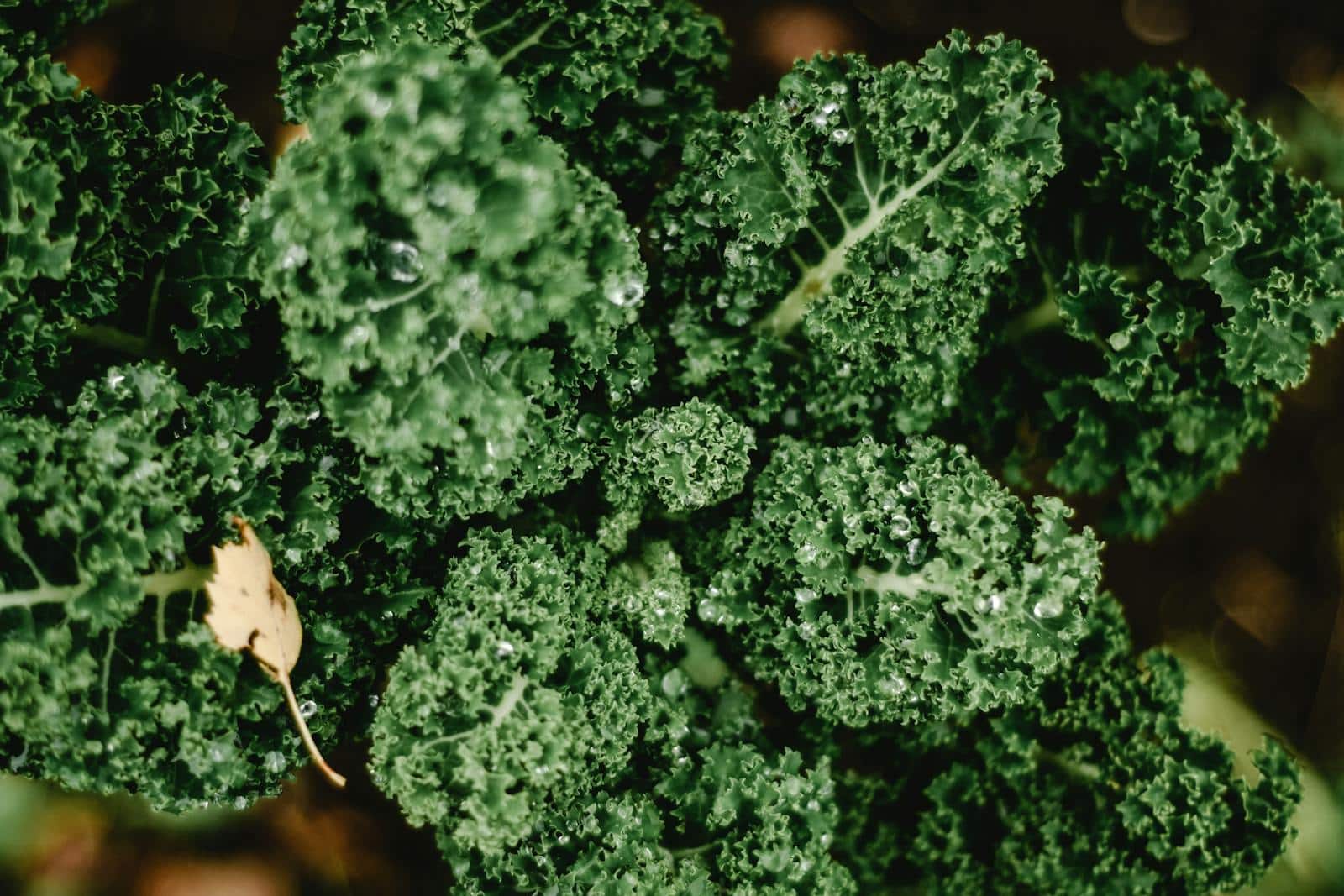
Photo by Eva Bronzini on Pexels
Conclusion
While removing the infested broccoli plants was an important first step, it’s crucial to take further action to ensure the pests do not spread to other plants in your hothouse. By inspecting all plants, cleaning the hothouse, using treatments like insecticidal soap or neem oil, introducing beneficial insects, and maintaining vigilant monitoring and good hygiene practices, you can protect your remaining plants and prevent future infestations.
Happy gardening, and may your hothouse be pest-free and thriving!

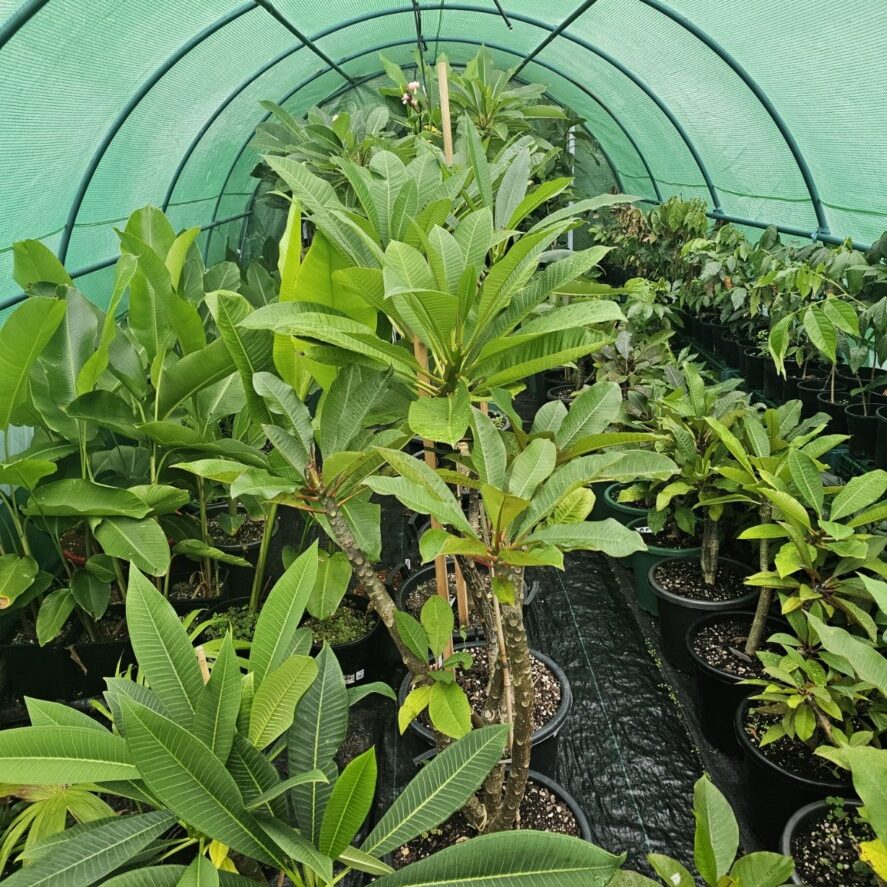

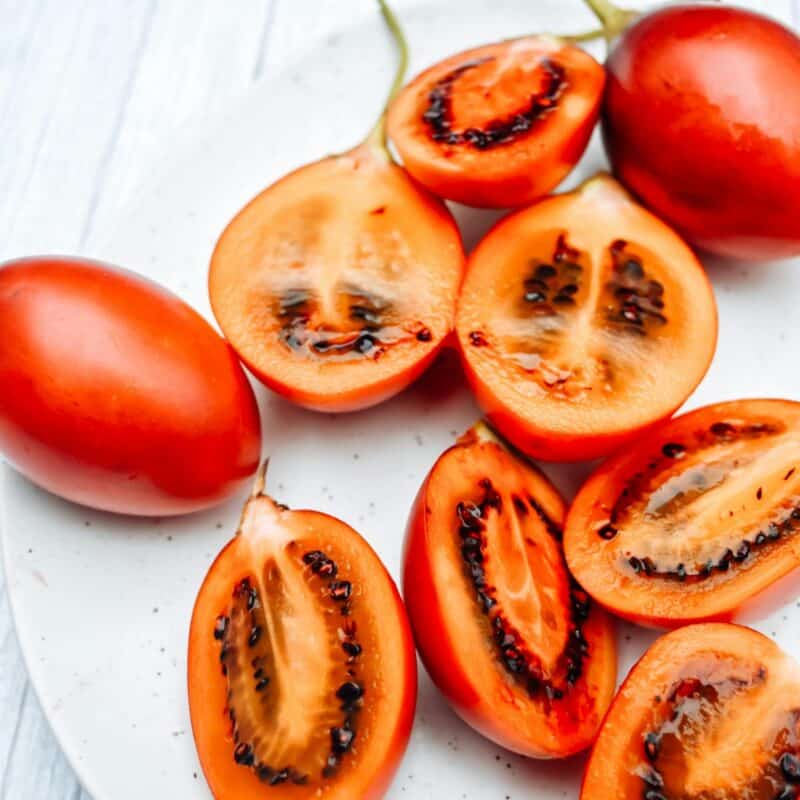

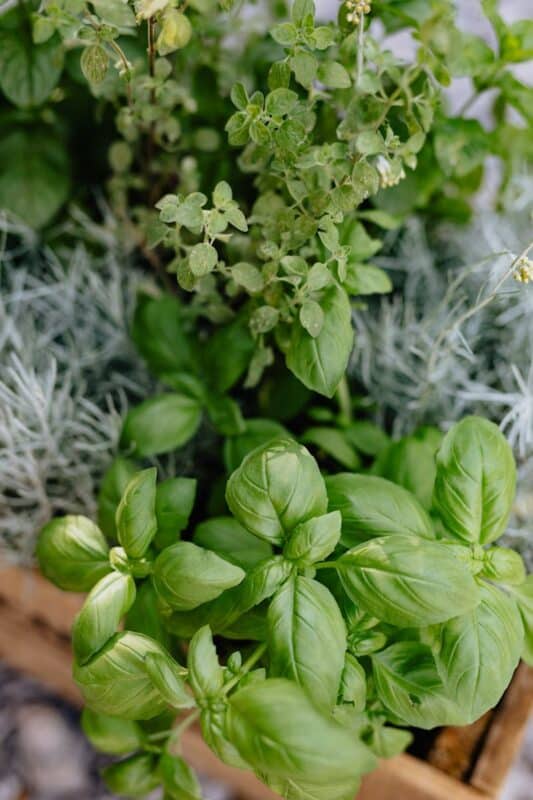
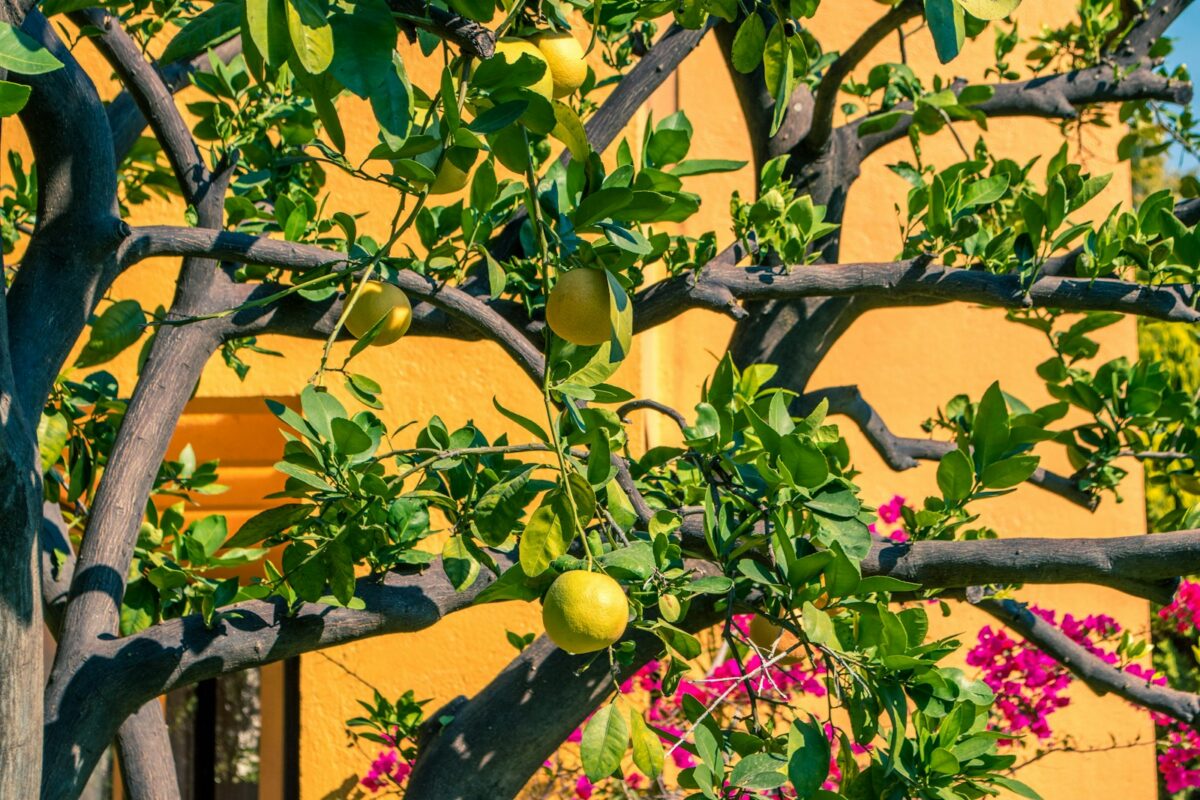

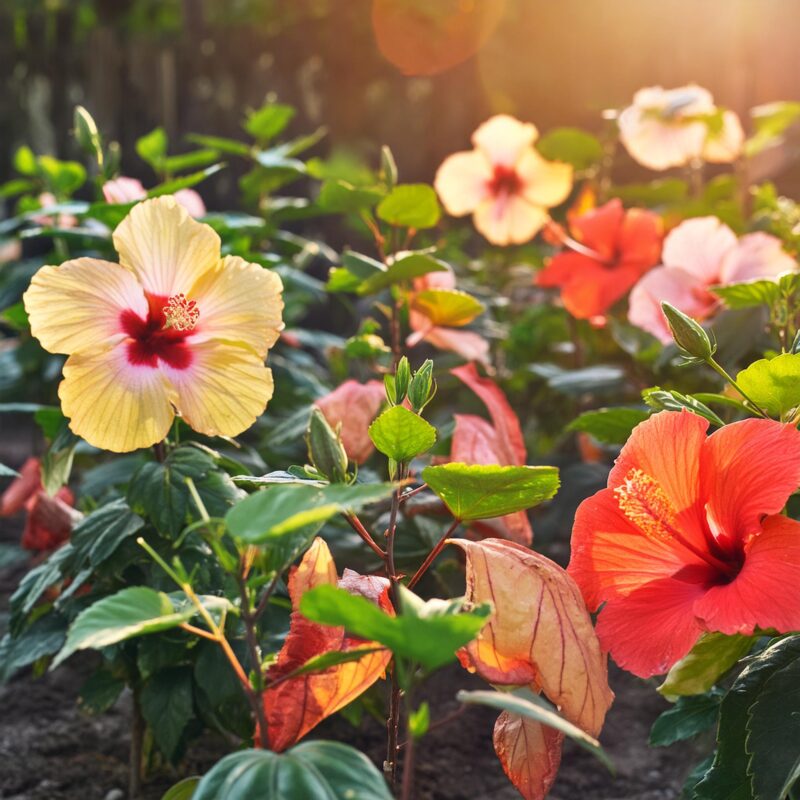
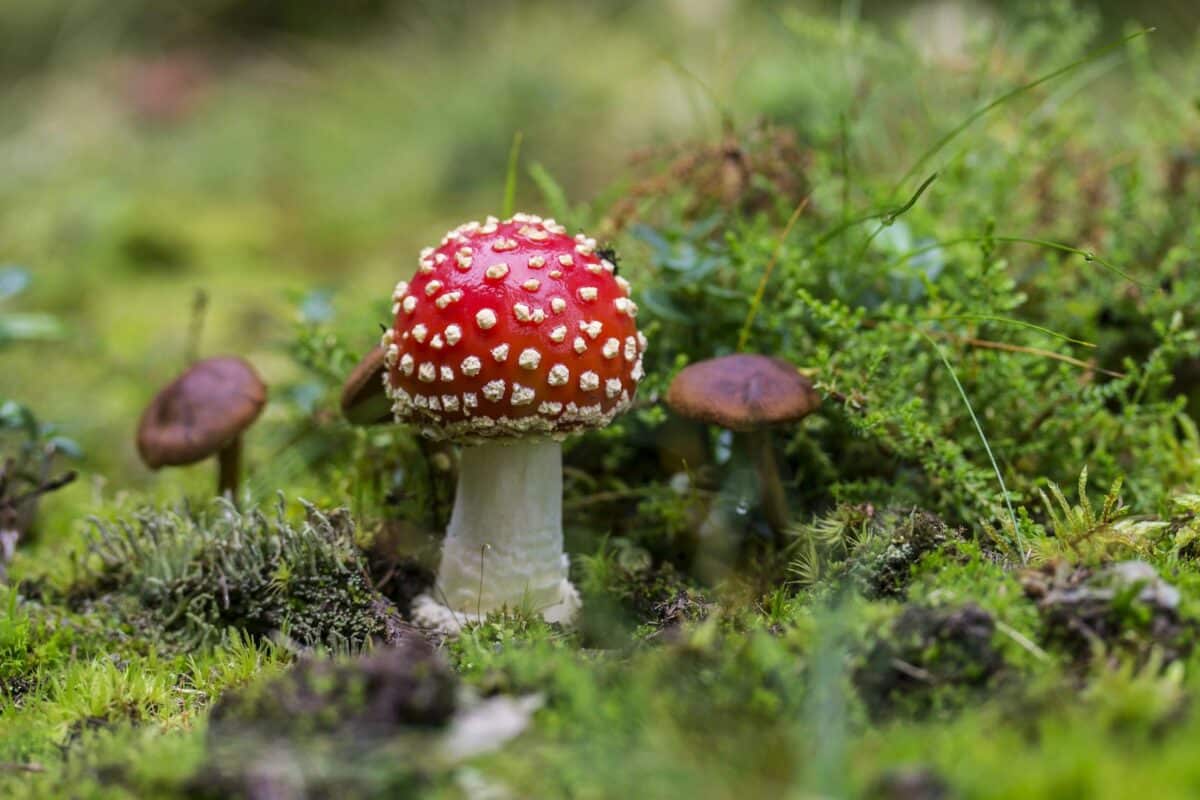

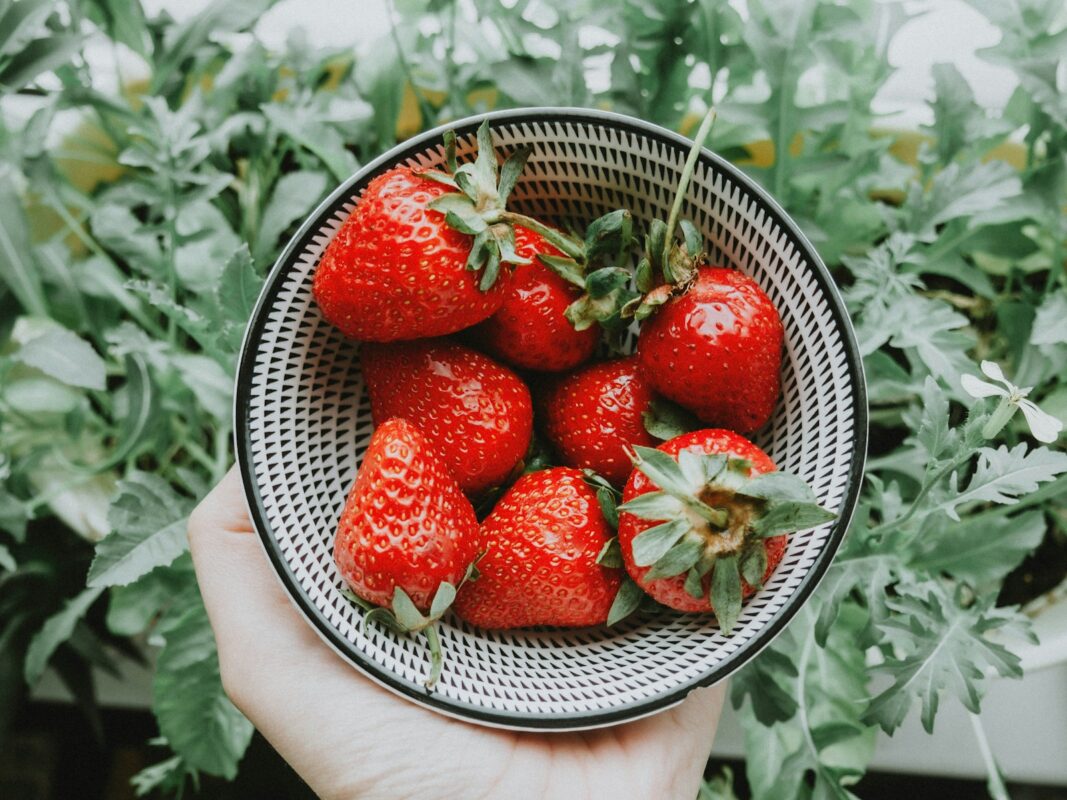



The step-by-step guide is quite useful. I’ll follow these steps to ensure my hothouse stays pest-free.
Good to know about the quarantine for new plants. I’ll be sure to do that to avoid future issues.
Thanks for the detailed advice. I’ll definitely try using insecticidal soap and keeping an eye on my plants.
Cleaning the hothouse regularly seems like a good idea. I’ll start doing it more often.
I found this very helpful, especially the part about introducing beneficial insects. I’ll look into getting some ladybugs.